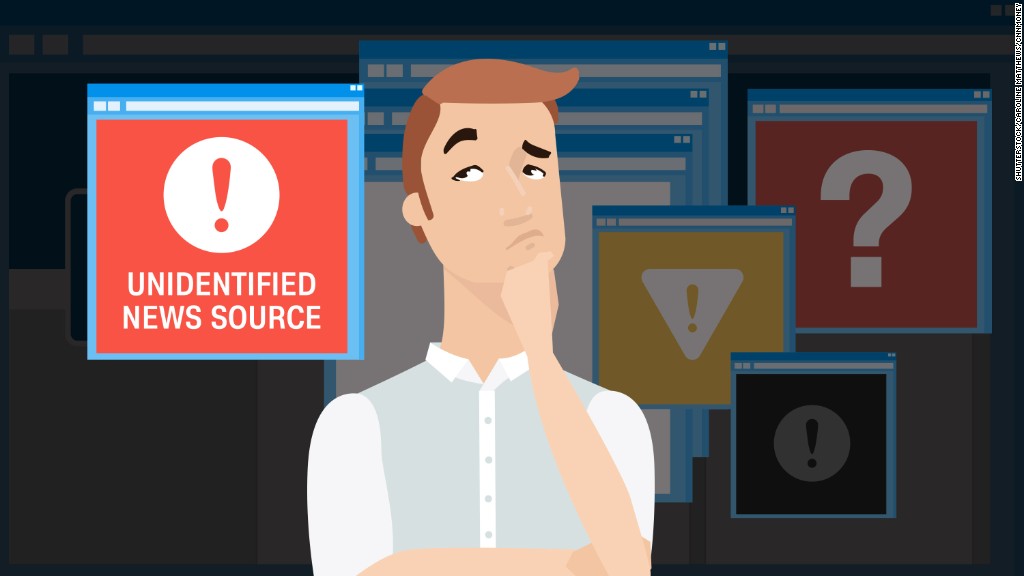For many decades, fake news has been an issue that readers had to combat, but it wasn’t until recently that fake news became so prominent and influential in our daily lives. According to a 2016 Gallup poll, only 32% of people said they have a great deal or fair amount of trust in the media, down 8% from the previous year – and the lowest it’s been in polling history. This is clearly a huge issue for companies and news organizations, and fake news sites are capitalizing on it.
From stories about false endorsements of presidential candidates, to an untrue firing of a news reporter, to a pizza store fronting a fictitious Democratic-led child trafficking ring, fake news outlets have written about everything, usually involving people of power and rank. Hundreds, if not thousands, of websites post and plagiarize articles lying to readers about current events – or create events they hope to make current. Social media amplifies the popularity of these articles by enabling readers to easily share these stories at the quick click of a button.
Legitimate news outlets are now fighting a tough battle trying to come out in front of fake news stories – and, with fake news abounding, people have a hard time determining what to believe and what sources to have confidence in.
Former President Barack Obama referred to fake news as a “dust cloud of nonsense.” That nonsense does have a way of clouding minds and judgements, but each and every person has the ability to maintain a true and informed outlook on news stories.
Here are some tips to keep in mind so you don’t get trapped believing fake news:
- Consult a fact checking website like Snopes, FactCheck.org or PolitiFact if you are the least bit hesitant about an article’s factuality.
- Double check the source. Some fake news websites try to look like (and have similar names as) legitimate sources. For example: ABCNews.go.com (real) vs. ABCNews.com.co (fake).
- Read the whole article before determining if it is really true or not – and especially before sharing on social media.
- Research the author to see if there is any credible information about him or her.
- Check to see if the article credits any sources, and, if so, are they legitimate?
- Gauge your emotions. If the article made you drastically upset or mad, it could very well be fake. Fake news often tries to target your emotions to get you to share stories before you have the chance to determine legitimacy.
- Take note of improper grammar. Trustworthy news sites very rarely publish mistakes, multiple exclamation points, etc.
Have any thoughts on fake news and how people can be more wary of it? Let us know by tweeting @BIGfishPR!